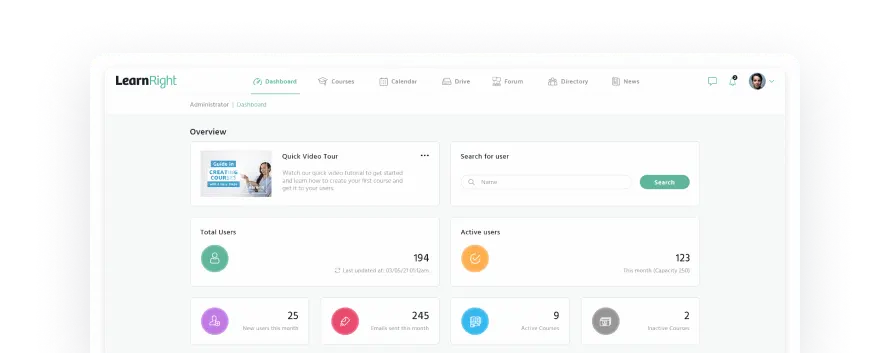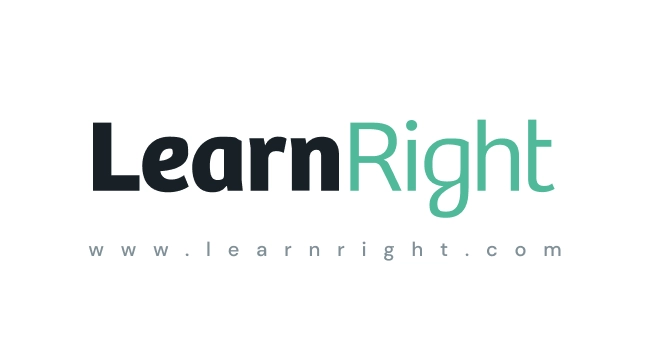How to choose a learning management system for different industries
Choosing an LMS software tailored to the unique needs and challenges of your specific industry is essential. Whether it’s the healthcare sector, manufacturing, finance, or education, each industry possesses its own distinct requirements and compliance standards. Let’s take a look at the most important aspects to consider when selecting an LMS that not only meets sector-specific demands but also maximizes efficiency, engagement, and learning outcomes, ultimately driving growth and success within your chosen industry.
















